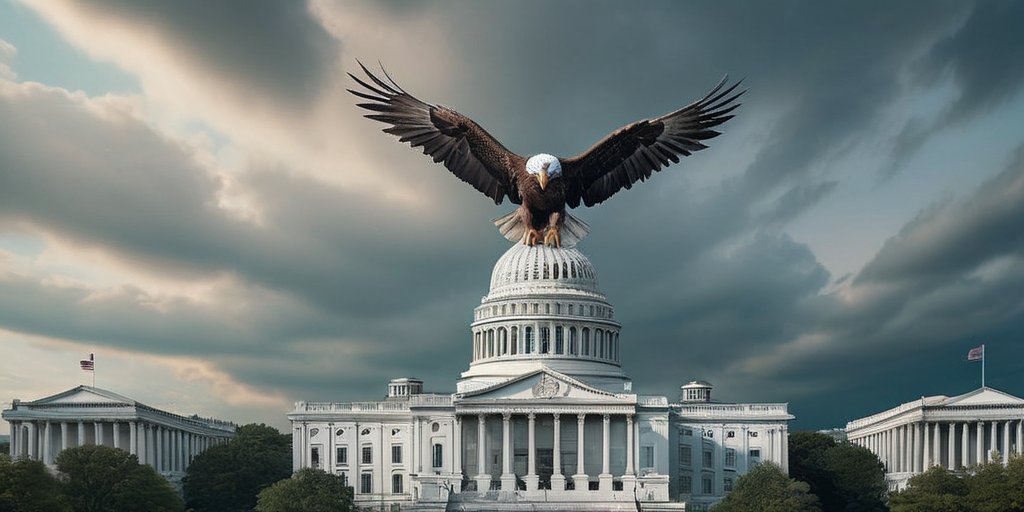President Donald Trump is employing the vast powers of the federal government to intimidate or neutralize potential opposition sources, including the legal establishment, academia, the media, and even the judiciary. This broad spectrum of actions taken in the early days of his return to office showcases Trump’s audacity to push the limits of his authority while exposing weaknesses in the resistance structures that are supposed to check his power.
Through a series of executive orders, leveraging his platform, and directing actions from key departments like the Justice Department, Trump’s tactics have begun to paralyze institutions that uphold America’s democratic values. Key figures, including Timothy Naftali, a presidential historian, highlight the worrying trend of political manipulation that threatens to alter the fabric of American governance for generations.
Within the legal community, at least two law firms with ties to Trump’s political opposition have capitulated under pressure, accepting unfavorable settlements to avoid confrontation. Academic institutions, particularly prominent ones like Columbia University, are facing demands that challenge century-old principles of academic freedom. Reports indicate that in response to federal funding threats, Columbia has taken steps that align closely with the administration’s interests, drastically altering its operational conduct.
Trump’s control extends beyond legal battles, directly impacting media relations. Major outlets, including the Associated Press, have seen their access curtailed as Trump favors media channels that are overtly supportive of his agenda. This shift has raised alarm regarding the independence of the press, with moves to shut out dissenting voices.
In Congress, a marked departure from traditional checks and balances is evident. Republican lawmakers appear reluctant to confront Trump’s consolidation of power, often supporting his measures that undermine their legislative authority. Even as criticism mounts from within their ranks about the erosion of democratic norms, few are willing to act decisively against Trump’s sweeping changes.
The pushback against Trump’s actions has predominantly come from the federal judiciary, which has intervened to halt various overreaches by his administration. However, judges facing threats and potential retribution for blocking Trump’s initiatives underscores the precarious position they find themselves in; if these judicial checks are dismantled or disregarded, the pathway for Trump’s unilateral decision-making remains clear.
As a renewed focus on federal officials claiming power over institutional limits continues, Trump expresses confidence in reversing established precedents, further confronting norms established during prior administrations. As tensions escalate, the upcoming months are pivotal in determining the future of American governance under Trump’s bold agenda. His narrative of ‘doing what couldn’t be done’ thrives in an environment that appears to favor his dominance, and institutions sincerely committed to independence cling precariously to their foundational principles.
